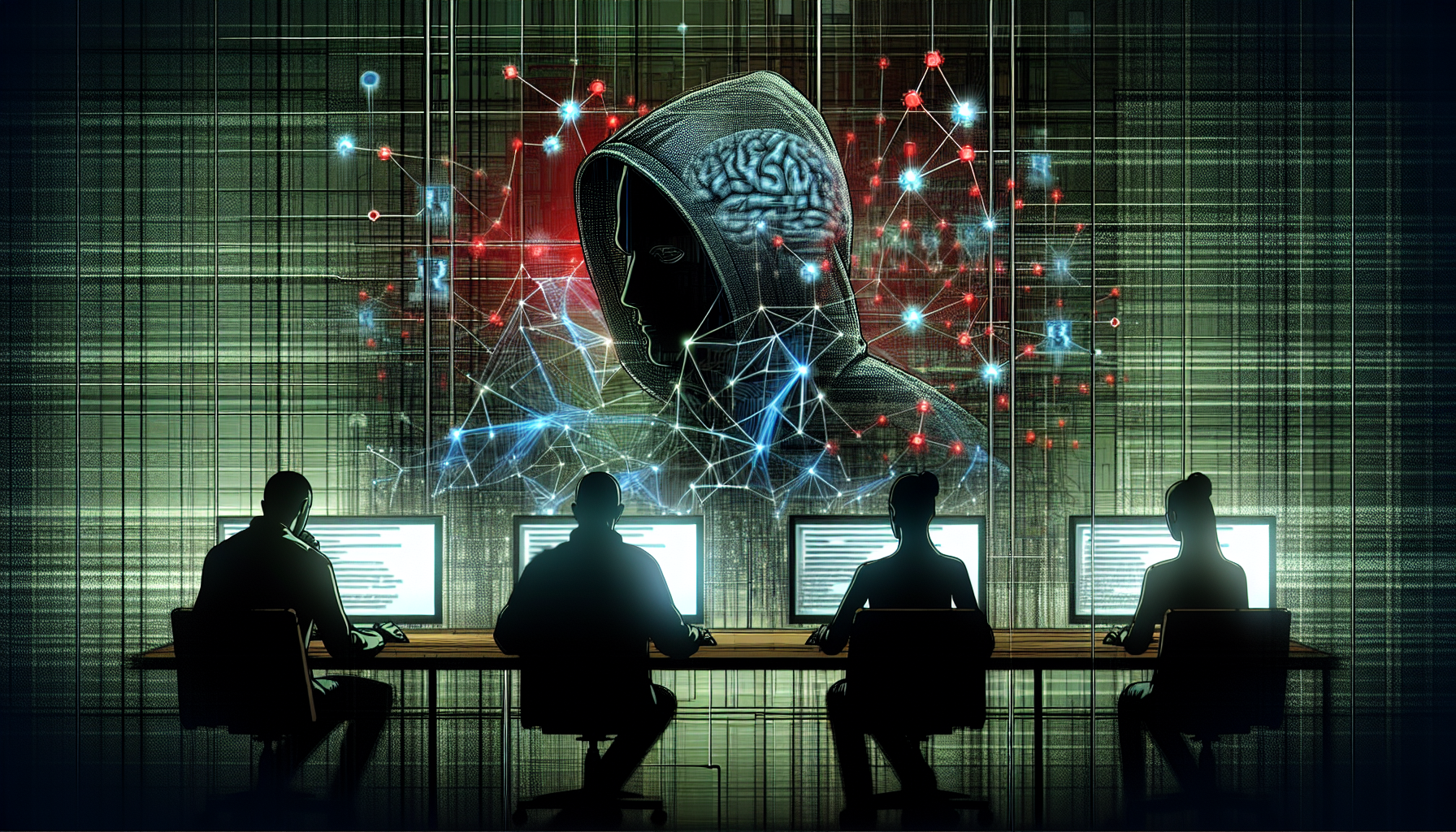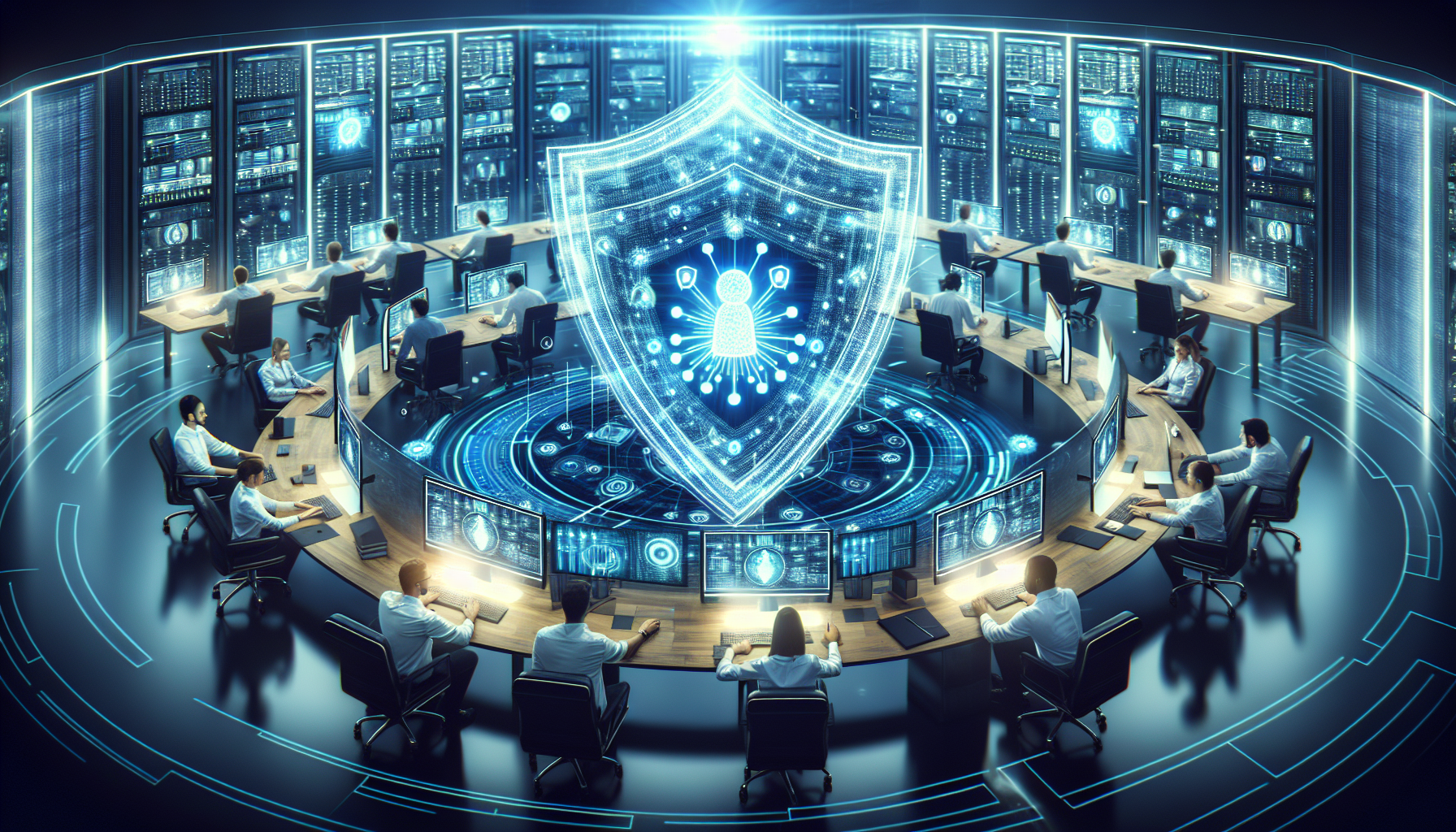North Korea's New AI Hacking Unit: Evolving Cyber Threats in the Machine Learning Era
Recent reports suggest a significant development in the cybersecurity landscape as North Korea allegedly establishes a dedicated artificial intelligence hacking division. According to TechCrunch and Daily NK, the North Korean government is forming "Research Center 227" within its intelligence agency, the Reconnaissance General Bureau (RGB). This development marks a concerning evolution in state-sponsored cyber operations and underscores the growing intersection between artificial intelligence and cyber warfare.
Understanding North Korea's Cyber Capabilities
North Korea has long been recognized as a sophisticated cyber actor on the global stage. The country's Reconnaissance General Bureau has previously been linked to several high-profile cyber incidents, including the 2014 Sony Pictures hack, the 2017 WannaCry ransomware attack, and numerous cryptocurrency heists targeting exchanges and financial institutions worldwide.
What makes this latest development particularly noteworthy is the explicit focus on artificial intelligence as a vector for cyber operations. The formation of Research Center 227 potentially signals a strategic pivot to leverage machine learning and AI technologies to enhance the effectiveness, scale, and sophistication of North Korea's already formidable cyber arsenal.

While details remain limited, cybersecurity experts speculate that the new unit will likely focus on multiple AI-enhanced attack vectors:
- Developing more sophisticated spear-phishing campaigns using AI-generated content that's increasingly difficult to distinguish from legitimate communications
- Creating advanced persistent threats (APTs) with autonomous capabilities to evade detection and adapt to defensive measures
- Deploying machine learning algorithms to identify vulnerabilities in target systems more efficiently
- Using generative AI to craft more convincing social engineering attacks
- Developing AI systems capable of defeating traditional security measures like CAPTCHAs and behavioral analytics
The Convergence of AI and Cyber Warfare
North Korea's apparent investment in AI-powered cyber capabilities reflects a broader global trend in which machine learning technologies are increasingly weaponized for offensive cyber operations. This trend presents several concerning implications for organizations worldwide.
First, AI can dramatically increase the scale and efficiency of attacks. Traditional cyber operations often require significant human resources to conduct reconnaissance, develop exploits, and execute attacks. By automating these processes with AI, threat actors can potentially launch more attacks against more targets with fewer human operators.
Second, AI enables more sophisticated attacks that can adapt to defensive measures in real-time. Machine learning models can analyze the effectiveness of an attack, learn from failures, and modify their approach accordingly—all without human intervention. This creates a new class of dynamic threats that traditional, signature-based security tools struggle to detect and mitigate.
Third, generative AI technologies like large language models (LLMs) enhance social engineering attacks by producing convincing phishing emails, deepfake voice or video content, and fraudulent communications that even trained professionals may have difficulty identifying as malicious.
Global Response and Mitigation Strategies
The international community has long grappled with how to respond to North Korea's cyber operations, which have served as both a source of revenue for the sanctioned nation and a means of advancing its strategic objectives. The addition of AI capabilities to this toolkit further complicates the challenge of attribution and response.
Organizations must now prepare for a new generation of threats that combine the persistence and motivation of state-sponsored actors with the technological advantages conferred by artificial intelligence. This preparation should include:
- Adopting a defense-in-depth strategy that incorporates multiple layers of security controls
- Implementing AI-powered security tools that can detect anomalous behavior indicative of AI-driven attacks
- Conducting regular penetration testing to identify vulnerabilities before they can be exploited
- Training staff to recognize increasingly sophisticated social engineering attempts
- Developing incident response plans specifically tailored to address AI-enhanced attacks
- Participating in threat intelligence sharing communities to stay informed about emerging threats
Broader Implications for the Cybersecurity Industry
The reported creation of Research Center 227 is emblematic of a broader arms race in AI-powered cyber capabilities. We're witnessing an era where the offensive application of AI in cyber attacks is potentially outpacing defensive implementations, creating an asymmetric advantage for attackers.
This development could accelerate several industry trends:
AI vs. AI Security Landscape: We'll likely see increased investment in defensive AI capabilities designed specifically to counter AI-powered attacks, creating a technological cat-and-mouse game between attackers and defenders.
Regulatory Focus on AI Security: Governments worldwide may respond with new regulations addressing the security of AI systems and requiring organizations to implement specific measures to defend against AI-enhanced threats.
Talent Shortage Exacerbation: The already critical shortage of cybersecurity professionals may worsen as organizations compete for talent with expertise at the intersection of AI and security.
Insurance and Liability Shifts: Cyber insurance providers may revise their policies to account for the increased risk posed by state-sponsored AI attacks, potentially raising premiums or excluding certain types of incidents from coverage.

What This Means for Binbash Consulting Clients
For our clients at Binbash Consulting, the emergence of AI-enhanced state-sponsored cyber threats reinforces the importance of our continuous security posture improvement approach. While North Korean operations have historically targeted specific sectors—particularly financial institutions, cryptocurrency exchanges, and organizations with valuable intellectual property—all organizations should consider themselves potential targets as AI enables more widespread and opportunistic attacks.
We recommend our clients take several proactive steps:
- Reassess your threat model: Update your organization's threat assessment to account for AI-enhanced attacks from sophisticated actors like state-sponsored groups.
- Enhance detection capabilities: Deploy technologies capable of identifying unusual patterns that may indicate AI-driven attacks, focusing on behavioral anomalies rather than known signatures.
- Implement zero trust architecture: Adopt a security model that requires strict verification for every person and device trying to access resources in your network, regardless of location.
- Conduct AI-aware penetration testing: Work with security professionals who understand how AI can be used in attacks to test your defenses against these emerging threats.
- Develop an AI security strategy: Create a comprehensive plan for securing any AI systems your organization uses and defending against AI-powered attacks.
Conclusion
The reported establishment of North Korea's AI-focused hacking unit represents a significant evolution in the cyber threat landscape. As artificial intelligence becomes more integrated into cyber operations, organizations must adapt their security strategies to address these new challenges. At Binbash Consulting, we remain committed to helping our clients navigate this changing environment by providing expertise at the intersection of cloud infrastructure, security, and emerging technologies.
The convergence of state-sponsored hacking and artificial intelligence creates a potent combination that will likely define cybersecurity challenges for years to come. By staying informed about these developments and implementing robust, adaptive security measures, organizations can better protect themselves against increasingly sophisticated threats in this new era of AI-powered cyber warfare.
Our team continues to monitor developments in this space and will provide updates as more information becomes available about North Korea's Research Center 227 and its activities. As always, we stand ready to assist our clients in evaluating and enhancing their security posture against evolving threats from all sources.

